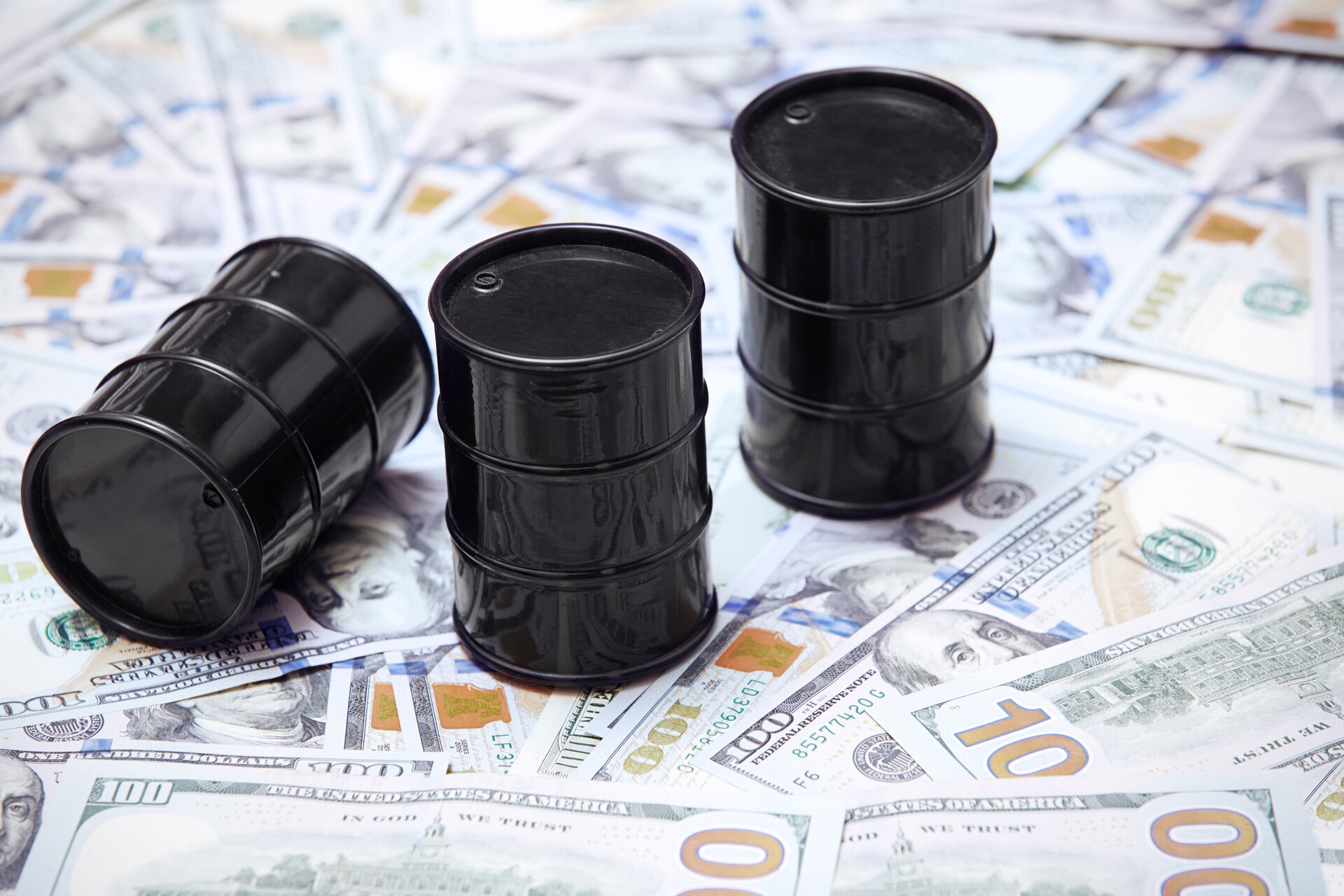
- Current trends
- Fundamental analysis
The correlation between oil and currencies
Do you want to know how to make money from this?
Register for free and get expert advice, access to a training course and webinars.
The price of oil fell again after a period of growth. One of the reasons for this dynamics was the strengthening of the dollar. We have already written about commodity pairs, which reflect the relationship between currency pairs and prices for agricultural products. Therefore, it is worth understanding how the correlation between crude oil prices and currencies generally works.
An invisible but strong connection exists between currencies and crude oil. Fluctuations in the prices of one of these assets inevitably entail a commensurate or inverse reaction of the other. This relationship is determined by many factors, including the distribution of resources and market sentiment.
It is worth noting that crude oil plays a significant role in the formation of inflationary and deflationary pressures, which, in turn, strengthens the correlation between currencies and oil during periods of pronounced trends, both upward and downward.
Oil quote in dollars
Crude oil prices are set in US dollars (USD). Accordingly, countries importing oil must purchase it in dollars. Likewise, oil exporters receive payment for their goods in USD. This system, known as “petrodollars”, began in the early 1970s after the collapse of the Bretton Woods gold standard system.
Since then, the petrodollar system has significantly strengthened the USD’s position as the world’s reserve currency. Oil producers and buyers use USD for trading, which creates a close relationship between the dollar exchange rate and oil prices.
Any fluctuations in the dollar exchange rate or oil prices entail changes in the ratio of the US dollar to other currencies. This relationship is less pronounced in countries with limited oil reserves, such as Japan. At the same time, countries with rich oil resources, such as Canada, Russia and Brazil, are more strongly influenced by the correlation between the dollar and oil prices.
Euro/dollar currency pair and oil prices
The euro/dollar currency pair, being the most liquid and popular on Forex, has historically demonstrated a connection with the dynamics of crude oil prices.
In 2014, the EUR/USD rate peaked in March, three months before oil prices began to decline. The decline in oil prices, which accelerated in the fourth quarter of 2014, coincided with a fall in the EUR/USD exchange rate from above 1.30 to 1.10.
Pressure on the euro continued until March 2015, when the ECB, in response to deflationary risks, launched a monetary stimulus package. This event stopped the fall of the euro/dollar.
US influence
Historically, the United States has been a net importer of oil, despite holding significant reserves. However, in 2020, the situation changed: thanks to the increase in crude oil production, the United States began to export 8.51 million barrels per day. That figure rose to 8.63 million barrels per day in 2021, making the U.S. the world’s second-largest energy producer after China.
The US rise in the ranking of oil producers coincided with a strengthening dollar caused by a sharp drop in crude oil prices. Several factors contributed to this:
- Strong US economic growth. After the bear market, the US economy showed strong growth that significantly outpaced the growth of the economies of its trading partners. This allowed balance sheets to be kept intact.
- Economic diversification. Despite the energy sector’s significant contribution to US GDP, the country’s economy remains diversified, reducing its dependence on the oil industry.
Do you want to know
How to make money from the news
Register for free and get:
- Expert consultation;
- Access to the training course;
- Opportunity to participate in webinars

